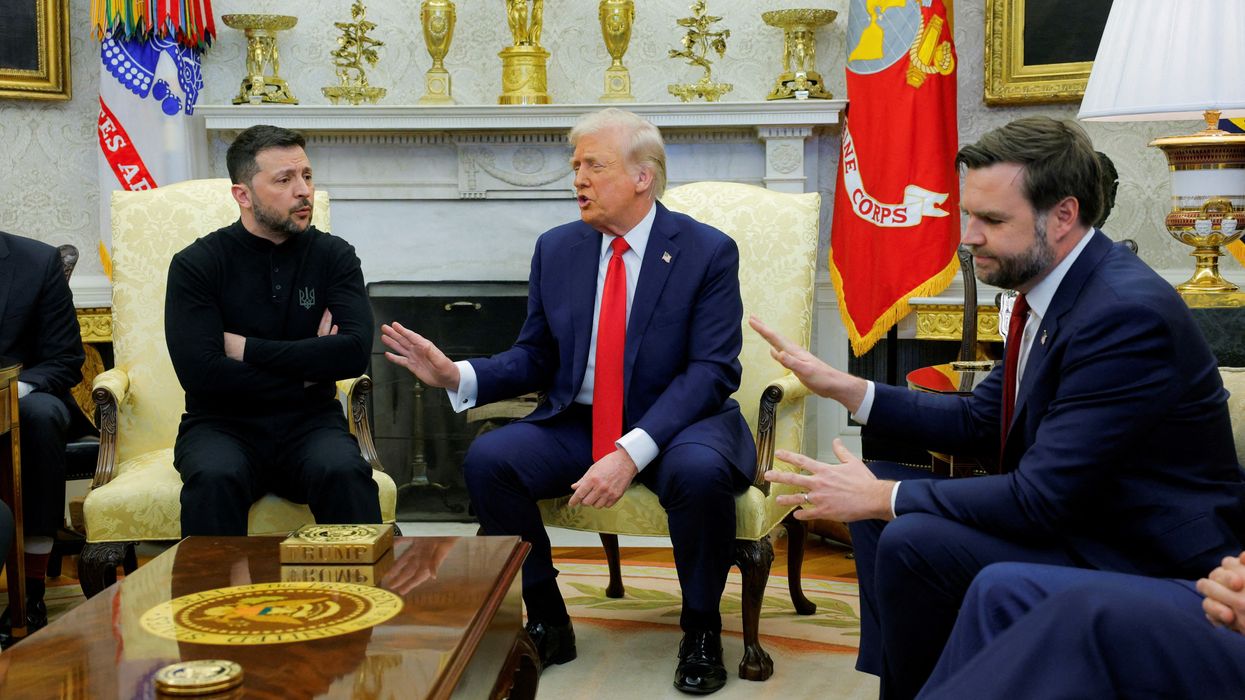Newly re-instated President Donald Trump floated the idea of an American “Iron Dome” missile defense system at last night’s Commander-in-Chief inaugural ball.
“We will again build the most powerful military the world has ever seen,” Trump proclaimed. “We're …doing the Iron Dome, all made in America. We're going to have a nice iron dome. We are going to protect us with the use of the Iron Dome.”
Trump’s called for the Dome elsewhere, saying last month at a rally in Phoenix that he will “direct [the] military to begin construction of the great Iron Dome missile defense shield, which will be made all in the USA.”
While Trump has not provided any specifics, an American Iron Dome would presumably be modeled on the operational Israeli “Iron Dome” missile defense system, which intercepts and eliminates incoming projectile threats with missiles. Notably, American taxpayers have already contributed substantively to the Israeli project, with almost $3 billion towards its production, equipment, and maintenance since 2011.
But Israel’s Iron Dome, where missiles must be able to hit projectiles anywhere in Israel’s air space, is difficult to maintain and can be overwhelmed by volleys of intensive attacks. And it’s extremely expensive: a singular Iron Dome missile costs about $50,000 to produce.
Considering the sheer size of the United States, applying the same project to American borders, if even possible, would be an extremely expensive endeavor. And considering the low risk of a substantive aerial attack to the United States, it’s a wasteful one.
What's more, Iron Dome's not properly equipped to take on long-range intercontinental ballistic missiles (ICBM), the weapon most likely to be employed in an aerial attack.
"The most likely nuclear threat to the United States would be a long-range intercontinental ballistic missile which would travel at incredible speeds above the atmosphere and re-enter to hit target in the United States,” says William Hartung, a Senior Research Fellow at the Quincy Institute for Responsible Statecraft. “The Iron Dome system used by Israel has zero capability to intercept an ICBM. And efforts to build a system that can have spent tens, if not hundreds, of billions of dollars over the last 40 years — only to produce systems that can't pass a realistic test.”
“A crash program for Iron Dome will be great for arms contractors, but will do nothing to improve U.S. defenses," Hartung explains.
The U.S. military budget already sits at about $850 billion, a significant increase from the $700 billion budget from only three years ago. It’s high time to reconsider whether gargantuan military-might projects like Iron Dome are in our interest.
















